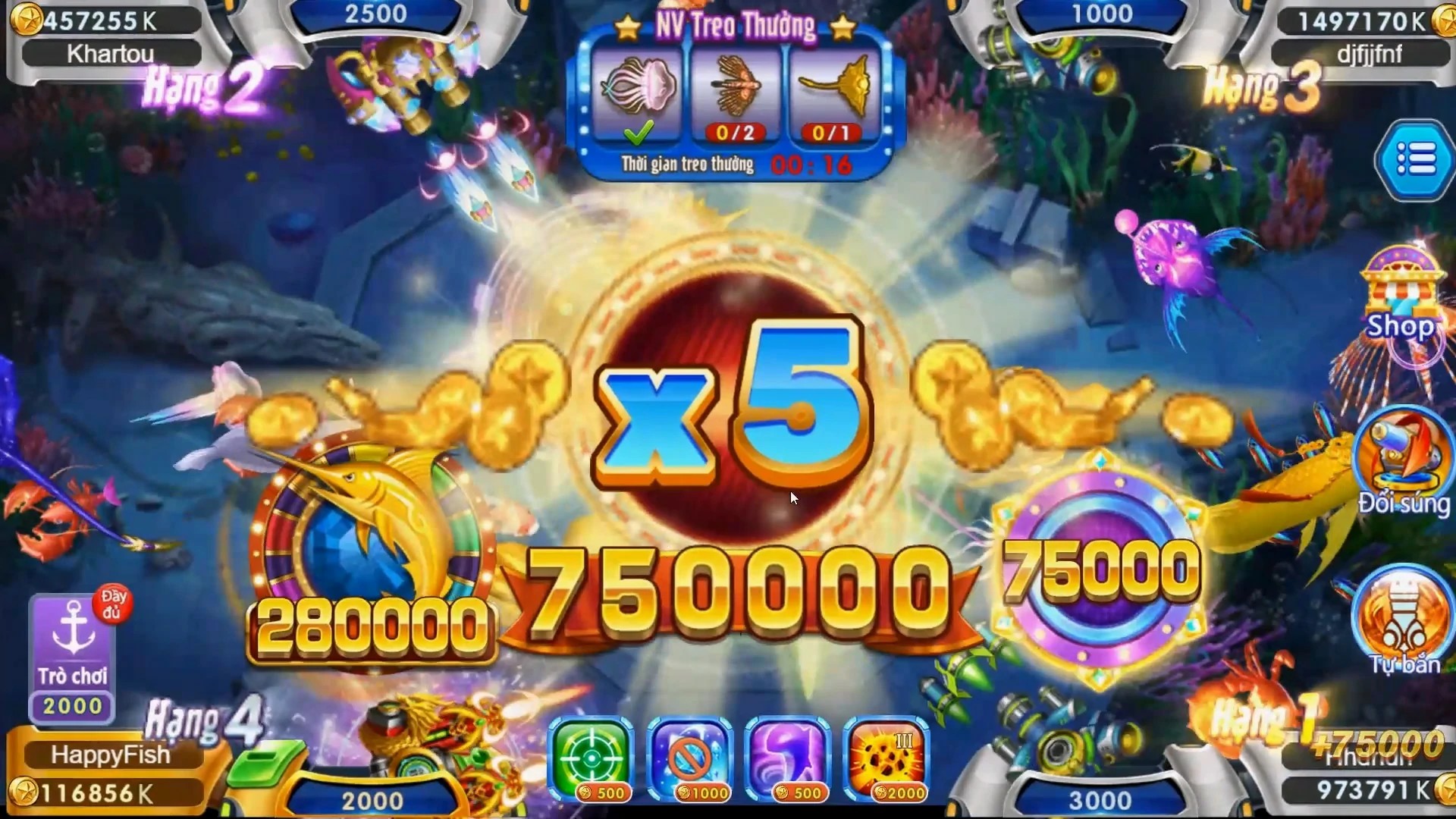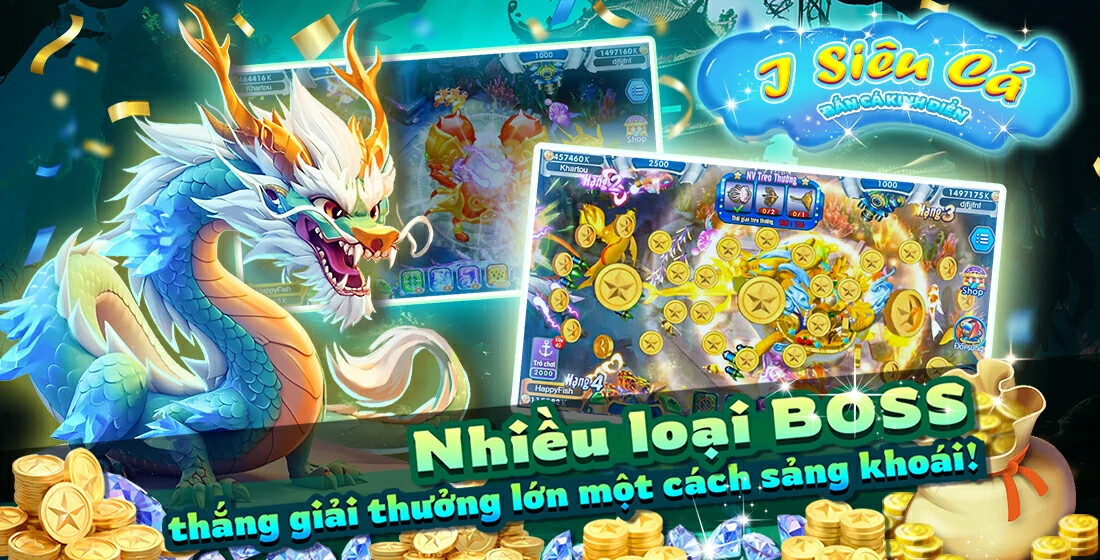Why Casual Indie Games Are Redefining Fun in the Gaming World
Casual games have taken the gaming world by storm, transforming the way we think about fun and entertainment. Particularly in recent years, indie developers have carved out a unique niche, creating innovative experiences that appeal to more diverse demographics. But what exactly is it about these casual indie games that are reshaping our perceptions of gaming? Let's delve into the exciting aspects of this trend and understand how these games are defining a new era of enjoyment.
The Rise of Casual Games
Casual games are designed for a broad audience, offering simple gameplay mechanics that require little time commitment. Unlike traditional games that might demand hours of dedication, casual games fit seamlessly into our fast-paced lives, enabling players to enjoy short bursts of entertainment at their convenience.
From Indie to Industry Standard
The term "indie games" typically refers to independently developed games that are not affiliated with large corporations. This independence allows creators to explore unconventional themes and mechanics without the constraints often imposed by traditional gaming companies. Over the past decade, indie games have not only gained popularity but have also influenced mainstream gaming trends.
Key Characteristics of Casual Indie Games
- Accessibility: Simple controls and intuitive interfaces make these games easy to pick up and play.
- Creativity: Indie developers often focus on unique art styles and innovative storytelling approaches.
- Community-driven: Many casual indie games thrive thanks to community feedback, development via crowdfunding, and active player engagement.
Why Fun Matters
Fun is a critical element in gaming, and casual indie games have placed it at the forefront. They challenge the conventions of what makes a game enjoyable. Instead of just focusing on high scores or achievements, these games emphasize emotional experiences, creativity, and relaxation, allowing players to unwind.
How Are Indie Games Changing the Narrative?
One significant aspect of indie games is the storytelling. Many indie developers are moving away from traditional narratives to embrace more personal stories that resonate with players. This fresh approach offers a rich tapestry of themes including mental health, social issues, and relationships. In contrast to large-scale productions, indie games often reflect the unique voices and perspectives of their creators.
The Role of Aesthetics
In casual indie games, aesthetics can play just as big a role in defining fun as gameplay. Indie developers often experiment with cartoonish graphics, vibrant colors, and surreal designs that contribute to a game’s charm. This bold approach allows gamers to engage with the game on a visual level, enhancing their overall experience.
Building a Community
The casual indie game genre places significant emphasis on community building. Players are often invited to engage with developers via social media platforms or in-game features, creating a sense of belonging. This approach encourages a loyal fanbase, as players feel more connected to the game's development journey.
Examples of Popular Casual Indie Games
| Game Title | Platform | Release Year | Key Feature |
|---|---|---|---|
| Stardew Valley | PC, Console, Mobile | 2016 | Farming & Community Simulation |
| Untitled Goose Game | PC, Console | 2019 | Open-ended Gameplay & Mischief |
| Celeste | PC, Console | 2018 | Platformer with Emotional Storytelling |
The Future of Casual Indie Games
As technology advances, the potential for casual indie games only grows. New platforms like mobile devices and VR systems provide endless possibilities for developers to explore. What will become commonplace in the future? Who knows! The artistic freedom indie games offer new invite even more creativity and innovation.
How to Make a 3D Story Game
Creating a 3D story game involves several crucial steps, including:
- Conceptualization: Start with a solid idea and theme.
- Design: Create unique characters and environments.
- Development: Use game engines like Unity or Unreal Engine to build your game.
- Testing: Regularly playtest to ensure engaging gameplay and fix bugs.
- Launch: Market your game effectively for maximum reach.
Final Thoughts
Casual indie games are not just about fun; they're redefining the gaming landscape in various ways. By prioritizing creativity, accessibility, and community, these games challenge the notion of what a game can be. The industry is evolving, and the influence of casual indie games will likely continue to expand as developers explore new and innovative approaches. As players, we must embrace this change and enjoy the rich tapestry of experiences that await us in the world of gaming.



